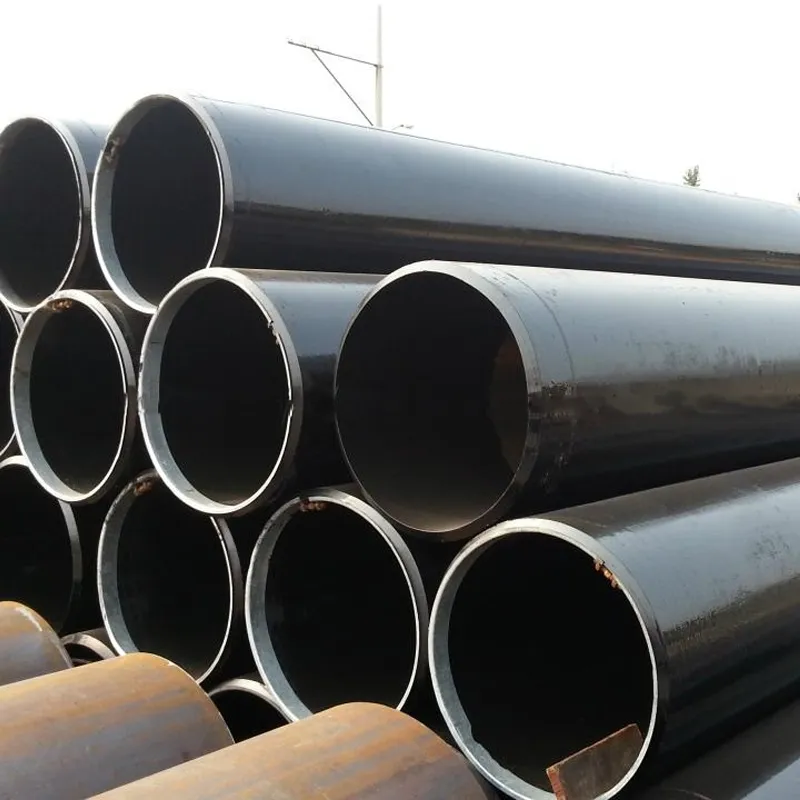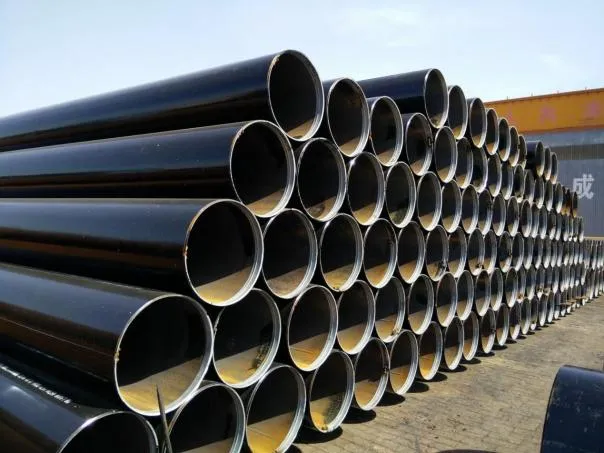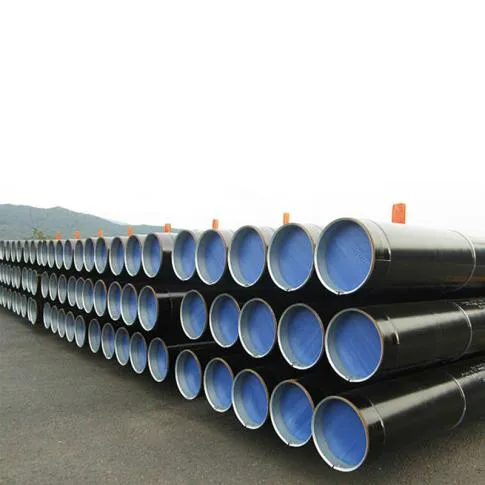-
Cangzhou Yulong Steel Co., Ltd.
-
Phone:
+86 13303177267 -
Email:
admin@ylsteelfittings.com
- English
- Arabic
- Italian
- Spanish
- Portuguese
- German
- kazakh
- Persian
- Greek
- French
- Russian
- Polish
- Thai
- Indonesian
- Vietnamese
- Zulu
- Korean
- Uzbek
- Hindi
- Serbian
- Malay
- Ukrainian
- Gujarati
- Haitian Creole
- hausa
- hawaiian
- Hebrew
- Miao
- Hungarian
- Icelandic
- igbo
- irish
- Japanese
- Javanese
- Kannada
- Khmer
- Rwandese
- Afrikaans
- Albanian
- Amharic
- Armenian
- Azerbaijani
- Basque
- Belarusian
- Bengali
- Bosnian
- Bulgarian
- Catalan
- Cebuano
- China
- China (Taiwan)
- Corsican
- Croatian
- Czech
- Danish
- Esperanto
- Estonian
- Finnish
- Frisian
- Galician
- Georgian
- Kurdish
- Kyrgyz
- Lao
- Latin
- Latvian
- Lithuanian
- Luxembourgish
- Macedonian
- Malgashi
- Malayalam
- Maltese
- Maori
- Marathi
- Mongolian
- Myanmar
- Nepali
- Norwegian
- Norwegian
- Occitan
- Pashto
- Dutch
- Punjabi
- Romanian
- Samoan
- Scottish Gaelic
- Sesotho
- Shona
- Sindhi
- Sinhala
- Slovak
- Slovenian
- Somali
- Sundanese
- Swahili
- Swedish
- Tagalog
- Tajik
- Tamil
- Tatar
- Telugu
- Turkish
- Turkmen
- Urdu
- Uighur
- Welsh
- Bantu
- Yiddish
- Yoruba

Jan . 17, 2025 17:01 Back to list
Butt Weld Pipe Technology: Innovations in Welding Techniques and Equipment
Butt weld pipe technology plays a crucial role in ensuring the integrity, reliability, and efficiency of industrial piping systems. The process involves welding two pipe ends together to create a seamless, strong connection. While the basic principles of butt welding have remained largely the same, technological advancements have brought significant improvements in welding techniques, equipment, and materials. These innovations have helped reduce operational costs, improve weld quality, and enhance the overall performance of piping systems, particularly in industries such as oil and gas, power generation, and chemical processing.

The Evolution of Butt Weld Pipe Technology
The butt weld process has been a foundational technique in industrial piping systems for decades. However, over the years, there have been notable advancements in welding methods and equipment, driven by the increasing demand for more reliable and durable piping systems. In earlier times, welding processes were more manual, with welders using traditional methods like shielded metal arc welding (SMAW) to join pipes. While effective, these methods were time-consuming and often produced inconsistent welds.
As industries evolved and technology advanced, automated and semi-automated welding techniques began to gain popularity. Today, a variety of modern techniques, such as gas tungsten arc welding (GTAW) and submerged arc welding (SAW), are commonly used in but weld pipe fabrication, offering improved precision and higher productivity. These advancements have not only enhanced weld quality but also shortened installation times and reduced the risk of human error.

Automation and Robotics in Butt Weld Pipe
Automation has played a transformative role in tube butt weld technology. The integration of robotic systems and automated welding equipment has revolutionized the process by offering higher levels of precision, consistency, and efficiency. Automated welding machines, which utilize pre-programmed instructions, can consistently produce high-quality welds with minimal human intervention. These systems are particularly beneficial for welding large-diameter pipes in industries like oil and gas, where precision and safety are paramount.
Robotic welding arms are designed to work in challenging environments, including hazardous or hard-to-reach locations. In such settings, robots can execute welds with greater accuracy, reducing the risk of errors and enhancing worker safety. The automation of butt welding also helps in streamlining the entire welding process, from pipe alignment to welding execution, ensuring faster turnaround times and cost savings.

Advancements in Butt Weld Pipe
Welding equipment has also seen significant improvements, contributing to the overall effectiveness of butt weld pipe technology. The development of more advanced welding machines with higher duty cycles and greater power output has made it possible to weld thicker pipes and materials more efficiently. These machines are equipped with state-of-the-art features, such as real-time monitoring, digital controls, and automated feedback systems, which provide better control over the welding process.
For instance, modern welding machines allow for precise control of the heat input, minimizing the risk of distortion or metallurgical issues. Moreover, advanced power sources, such as inverter-based technology, have made welding more energy-efficient, reducing operational costs for manufacturers and contractors. These innovations in welding equipment have not only improved the quality of butt welds but have also made the process more scalable and adaptable to various applications.
Enhanced Weld Quality and Inspection Techniques About Butt Weld Pipe
One of the key challenges in butt welding is ensuring the consistency and quality of the weld. Imperfections like porosity, cracks, or undercuts can compromise the integrity of the welded joint and lead to failure under stress. To address these concerns, innovations in welding techniques and inspection methods have played a significant role in improving weld quality.
Advanced welding techniques, such as laser welding and hybrid welding (a combination of laser and arc welding), offer precise control over the weld pool, resulting in cleaner and stronger welds. These techniques reduce the risk of defects, making them ideal for critical applications, such as in the aerospace and nuclear industries.
Additionally, non-destructive testing (NDT) technologies, including ultrasonic testing (UT) and x-ray inspection, have revolutionized the way welds are evaluated. These advanced inspection methods allow for the detection of hidden defects within the welded joint without compromising the integrity of the pipe. Real-time data from NDT systems can be used to adjust welding parameters on the fly, ensuring that the final product meets the required quality standards.
Material Advancements in Butt Weld Pipe Technology
Material selection plays a crucial role in the success of butt weld pipe systems, as the properties of the pipe material influence the quality of the weld and the overall performance of the system. With the growing demand for specialized materials in various industries, there have been significant advancements in the types of materials used for butt weld pipes.
High-strength alloys, corrosion-resistant materials, and composites are increasingly being used in piping systems that operate under extreme conditions, such as high pressure, temperature, or exposure to aggressive chemicals. These materials require specific welding techniques and equipment to ensure that the welded joints maintain the same level of strength and durability as the base material.
The development of advanced welding rods and filler materials has also contributed to the effectiveness of butt weld pipe systems. These materials are designed to improve the mechanical properties of the weld, offering better resistance to stress, fatigue, and corrosion. As new materials are developed to meet the demands of modern industries, welding techniques and equipment must continue to evolve to accommodate these changes.
Latest news
-
ANSI 150P SS304 SO FLANGE
NewsFeb.14,2025
-
ASTM A333GR6 STEEL PIPE
NewsJan.20,2025
-
ANSI B16.5 WELDING NECK FLANGE
NewsJan.15,2026
-
ANSI B16.5 SLIP-ON FLANGE
NewsApr.19,2024
-
SABS 1123 FLANGE
NewsJan.15,2025
-
DIN86044 PLATE FLANGE
NewsApr.19,2024
-
DIN2527 BLIND FLANGE
NewsApr.12,2024
-
JIS B2311 Butt-Welding Fittings LR/SR 45°/90° /180°Seamless/Weld
NewsApr.23,2024











